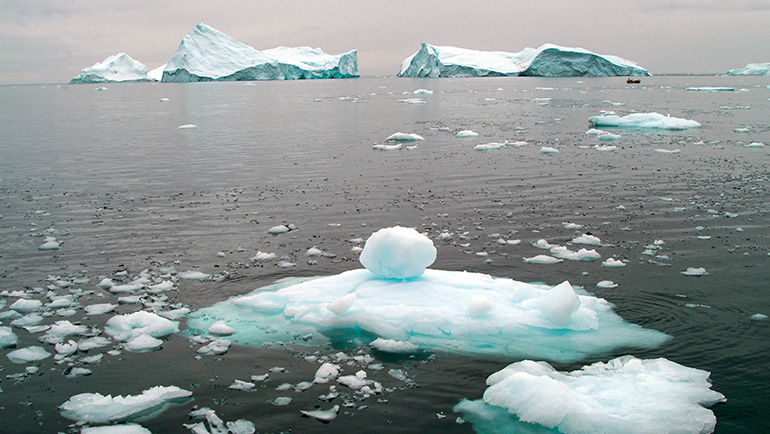
The Biden administration has approved a massive new oil project named the Willow project. This is an oil project aimed to tap 600 million barrels of oil which resides in the petroleum-rich North Slope of Alaska. This comes as a disappointment to many of Biden’s supporters as well as climate activists. This project will allow the United States government to drill and possibly destroy some of the last pristine areas of the United States as well as add the equivalent of 2 million gas cars as emissions to the carbon output of the US.
The company behind the Willow Project ConocoPhillips frequently states the economic impact of the project while ignoring the steep environmental cost. The company states the project would create 180 000 barrels of oil a day. In a world ever increasingly moving to electric projectiles this would hinder the United states’ transition to a clean economy as it would be still heavily reliant on oil.
Along with environmental groups, the local community of Nuiqsut has been outspoken in their opposition. Mayor Rosemary Hungarian has been raising concerns over the impact on the local wildlife. The equivalent of 70 coal-fired power plants will surely not only affect the wildlife, and the people, but also the environment as that amount of pollution will degrade the pristine lands which reside currently. The compensation by the Biden administration to protect Arctic waters from new oil and gas leasing is not enough in comparison to the large amount of ecological damage that will surely be to the environment as a consequence of this project. Also key to note, constantly touted as a positive is the number of revenue which Willow will produce. $8-17 Billion is a staggering amount however how will that be distributed? The wealth distribution gap in the United States currently stands larger than it was at the onset of the French revolution. Why fund a project which puts more money in the hands of ultra-rich oil tycoons?
The Willow Project itself claims to be a sustainability project despite releasing emissions into the atmosphere and disrupting local Indigenous communities. This raises questions about the larger trend of greenwashing which has been ever-present in advertising since the realization of climate change. Companies have been desperate to prove that they don’t exploit to get on the good side of consumers. Companies use misinformation to trick consumers who care highly about sustainable practices to buy their product regardless of if that product is environmentally friendly or not. One of the biggest examples of this came with the Volkswagen diesel Emissions Scandal. In 2014 the California Air Resources Board discovered that Toyota had been installing devices meant to offset emissions trackers and provide false data to make their cars look better for the environment. Greenwashing is extremely preventable in the industry especially as the urgency of the climate crisis continues to increase.
The backlash against the Biden Administration and The Willow Project has been sizable. Activists took to TikTok to spread the #stopwillow hashtag which has gained over 150 million views. This activism is increasing the knowledge about the unsustainable practices used by oil companies to trade in our natural resources for profit. In a related move, activists have also started a change.org petition which has gained 3.3 million signatures and is growing rapidly. Millions of young people are stepping up in the face of an attempt to lock the United States in decades of fossil fuel development. It’s unnecessary and will undoubtedly hinder the transition to clean reliable energy sources such as solar, wind, and nuclear.
The climate crisis poses an incredible threat to Canada. Rising sea levels would result in major destruction in coastal communities across the country. Cities as big as Vancouver to communities as small as Digby will be heavily affected. In 2022 the Insurance Bureau of Canada revealed that it had experienced $3.1 billion in insured damages paired with the fact that last year was 1.5 degrees Fahrenheit warmer than averages in the 20th century. This makes it the sixth hottest year recorded showcasing the effects of the climate crisis in real-time.
In recent months there has been a spur of climate-based protests. At the start of March, thousands took the street across much of New Zealand’s biggest cities to demand climate action. This came after major flooding displaced over 10 000 people with fifteen people dying. These climate-related deaths will continue and get worse. The water vapor in the atmosphere is caused by warming temperatures spurred on by humanity’s industrial production. In Germany, protesters held a rally in Berlin to demand tough action on the climate crisis. Meanwhile, the United Kingdom is placing restrictions on nonviolent climate protests. This is causing a roadblock in the City of London. I wonder if the government is handing out punishments as harsh as that to those who exploit our land. Until governments decide to make meaningful action to protect the climate it is on civilians to continue to raise awareness and make sure the climate is not left behind.



